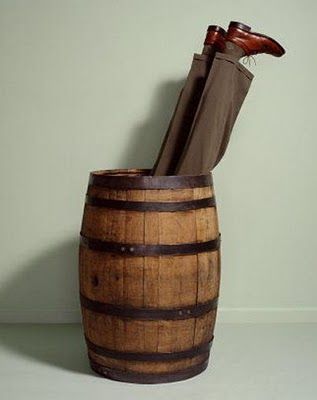jsrockit
Moderator
Okay, but you misconstrued his post too. It's frustrating to discuss a topic when the other person misunderstands and puts new words in the other's mouth.
We are saying: different.
You are reading/understanding: superior
There are 14 pages here Frank and your opinion is not the only one I am hearing. There have been plenty of other posts that do support that a few feel it is superior.
Film based photography is my passion so there may be some temporary heat, quickly dissipated.
Hey, I understand. Film has been my passion too. It just isn't right now. Though I did just pick up a Pentax 110 and some B&W 110 film.


